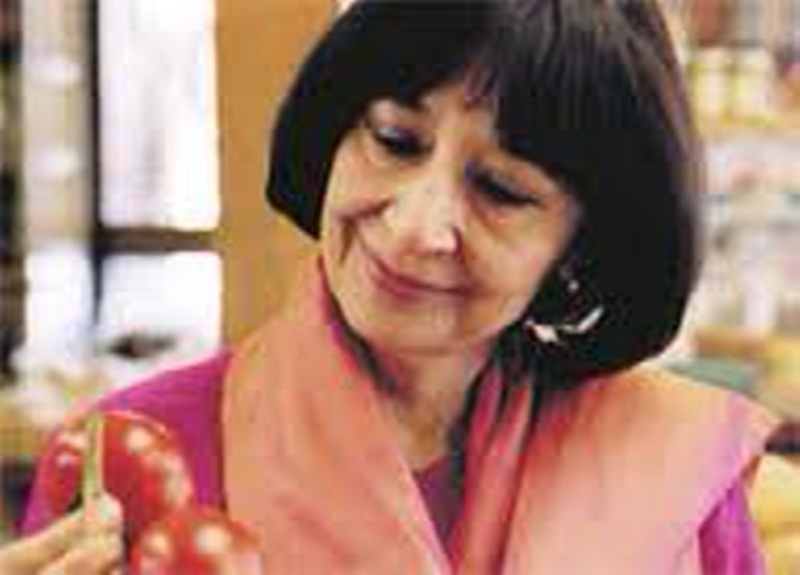Learn How to Create Success By Studying Chanel No 5 Marketing
 Sunday, October 7, 2012 at 4:25PM
Sunday, October 7, 2012 at 4:25PM How to achieve fame and fortune are often wrapped in mystery as if they just magically happen because of talent alone. Actually, they often occur because a product has been successful marketed.

And no one markets better than the House of Chanel. Now, for the first time, they have released a video that explains how (and why) Chanel become a legend.
Top Chefs, like leading fashion designs, also understand that it is NOT ingredients that sell, but the experience they generate with them. No one praises the salad greens, they praise, intead, the evening, the memory of dining at ..... (?)

POST NOTE, October 8: For further evidence that major marketing rebranding is afoot, check out the following:
Disney's "I Am a Princess" at http://www.youtube.com/watch?v=qUGnu0gXtn4
Louis Vuitton's shift to a no-logo logo at http://www.youtube.com/watch?v=0qhl0_HUMYc
Your Culinary World copyright Ana Kinkaid/Peter Schlagel 2012
 Chanel No 5,
Chanel No 5,  Coco Chanel,
Coco Chanel,  Disney,
Disney,  Fame and Fortune,
Fame and Fortune,  For the First Time Chanel Ad,
For the First Time Chanel Ad,  I Am a Princess,
I Am a Princess,  LV Logo,
LV Logo,  Louis Vuitton,
Louis Vuitton,  Marketing,
Marketing,  Rebranding,
Rebranding,  Top Chefs in
Top Chefs in  Art,
Art,  Awards,
Awards,  Chefs,
Chefs,  Courage,
Courage,  Creativity,
Creativity,  Design,
Design,  Elegance,
Elegance,  Films,
Films,  Magazines,
Magazines,  Movies,
Movies,  Reviews,
Reviews,  Style,
Style,  Trends,
Trends,  Values,
Values,  YouTube
YouTube 

































































































































































































